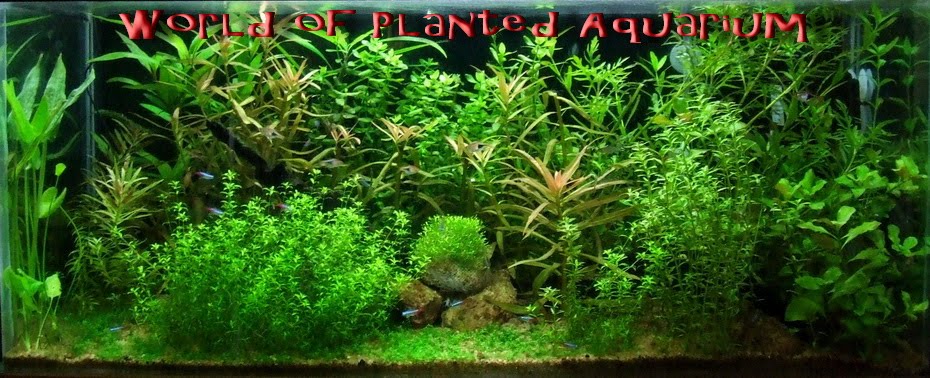Anubias barteri or, Broadleaved anubias
>> Sunday, July 12, 2009
Anubias barteri var. barteri
Common name: Broadleaved anubias
Origin: West Africa
This common Anubias species is an adaptable and robust plant that can be used in a number of ways in the aquarium. The main root, or rhizome, must be placed above the substrate, preferably attached to rock or bogwood, otherwise it may break down and die. As long as water is available to the root, the plant will grow above water or in bog conditions. The leaves of the broadleaved anubias are thick and sturdy and will survive the attentions of large, boisterous, or herbivorous fish. The plant will live in a wide range of lighting conditions, but in brighter light the leaves are more compact and new leaves grow more quickly.
Maximum height: 12 in (30 cm)
Growth rate: Slow
Area: Background, Midground, Specimen, or unusual
Light: All light conditions.
Temperature: 72-82°F (22-28°C)
Propagation: From side shoots or by dividing the rhizome
Difficulty: Light – not critical. Co2 – Not critical. Beginner’s Plant
The leaves of this Anubias sp. are tough and will withstand many conditions.





